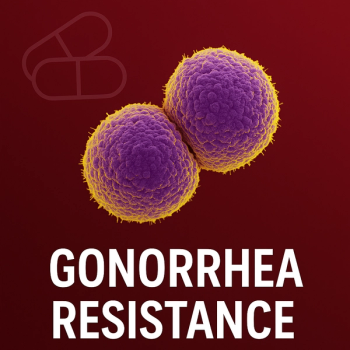
Minnesota Measles Outbreak Officially Over
A measles outbreak that affected 79 individuals in the state of Minnesota this spring and summer 2017 was recently declared “over” by the Minnesota Department of Health (MDH).
A measles outbreak that affected 79 individuals (the majority of which (73) were under the age of 10) in the state of Minnesota this spring and summer 2017 was recently declared “over” by the Minnesota Department of Health (MDH). Seventy of these cases occurred in Hennepin County, 3 occurred in Ramsey County, 4 in Crow Wing County, and 2 in Le Sueur. Most of the cases (64) occurred in Minneapolis’ Somali community.
The first case in the outbreak was identified on April 11, 2017, according to a
A lack measles, mumps, rubella (MMR) vaccinations
Measles is highly contagious and those communities with low vaccination rates lack the herd immunity that helps prevent major outbreaks. Since the introduction of the MMR in 1963, the United States has seen an almost 100% reduction in annual cases of the infection. Before the vaccine was introduced, up to 4 million cases of measles were reported each year.
According to the MDH, this recent measles outbreak in Minnesota was the largest the state has seen since an outbreak in 1990 that claimed the lives of 3 individuals and sickened 460.
Statistics on this recent outbreak reveal that:
- > 8000 individuals were exposed to the virus
- > 500 individuals were asked to stay home from school, child care, or work because either they were unvaccinated or exposed to an individual who was sick
- A total of 22 individuals were hospitalized
- A total of 71 individuals were unvaccinated for measles
The estimated cost for the multidisciplinary response to the outbreak is about $900,000 for the MDH, and $400,000 for Hennepin County. (Cost estimates for the other counties were not included in the press release.)
Minnesota Health Commissioner Ed Ehlinger, MD, is quoted in the press release as saying, “This outbreak showed that preventing disease requires all of us working together. Public health is a community, collective endeavor. It’s what we as a society do together to ensure the conditions in which everyone can be healthy.”
Previous reports revealed that
According to Dr. Ehlinger, the MDH “is committed to sustaining the momentum gained from working so closely with so many leaders and partners in the Somali community over the course of the outbreak to improve not just vaccination rates but other conditions affecting the health of the community.” Activities the department has planned range from working with a Somali community member to engage their fellow Minnesotan Somalis, to autism education outreach programs, and working with child care centers on the importance of vaccines, and many more.
In all, Kris Ehresmann, RN, MPH, director of infectious disease for the Minnesota Department of Health is pleased with the response to this recent outbreak, remaking in the press release that, “Seventy-nine cases is 79 too many, but when you consider how many people were exposed and how many were susceptible, it’s clear that the interventions helped keep the outbreak from being even worse.”
Newsletter
Stay ahead of emerging infectious disease threats with expert insights and breaking research. Subscribe now to get updates delivered straight to your inbox.


















































































































































































































































































